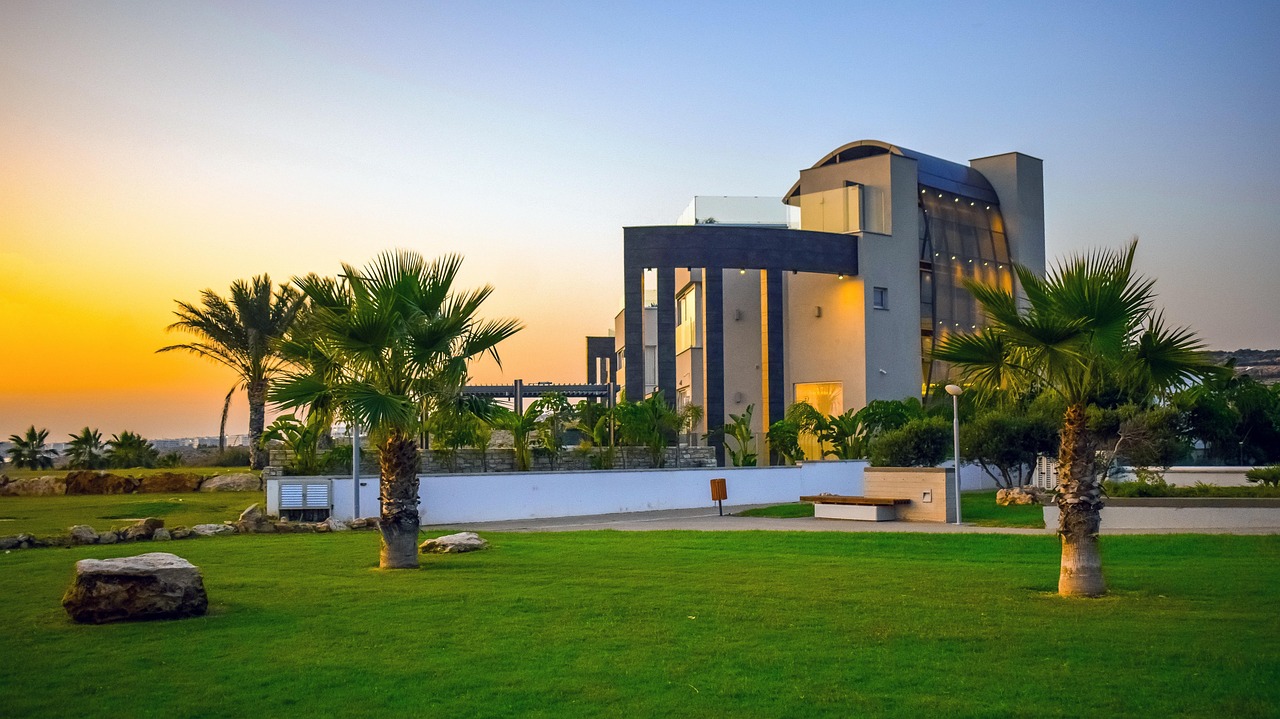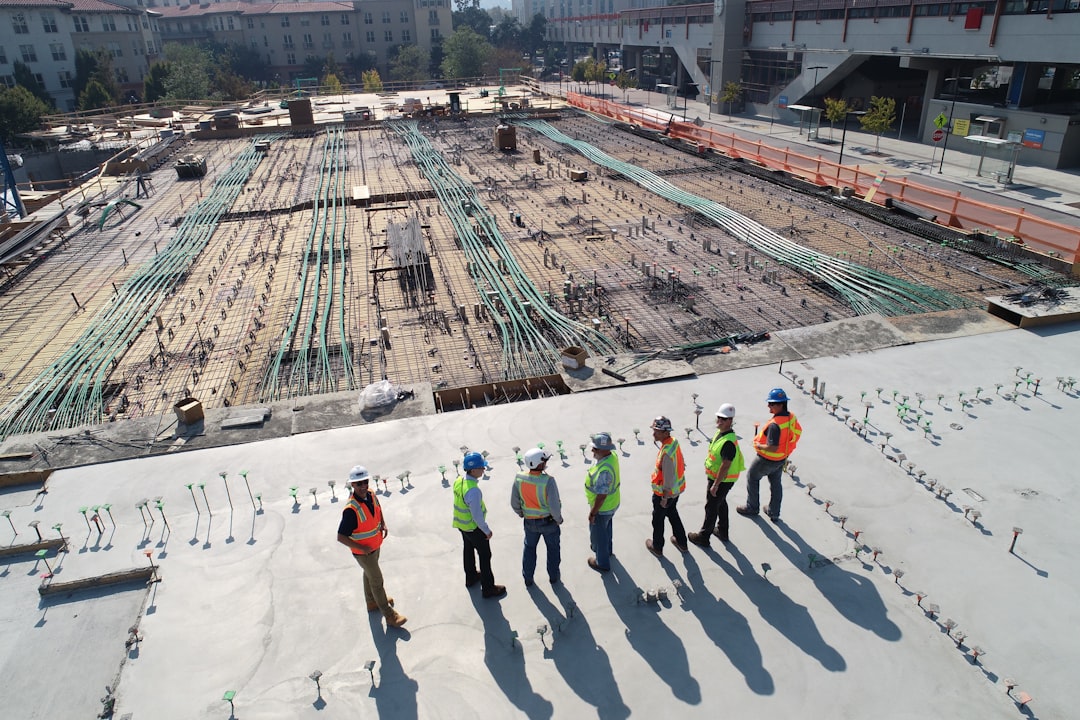Accessibility is an important factor to consider when designing any project. People of all abilities should be able to use, understand and interact with a product or service comfortably. That’s why Registered Professional Engineers of Queensland (RPEQ) are dedicated to ensuring accessibility compliance in their engineering projects. This article explores how RPEQ designs can help achieve better accessibility for all users.
Understanding the Principles of Accessible Design
When implementing accessible design into a project, it is important to understand the core principles that guide this type of design. These principles include usability, flexibility, safety, simplicity, and consistency. Usability ensures that people with different abilities can use the product or service in question with ease. Flexibility refers to the design’s ability to accommodate any changes that may be needed for different users. Safety is paramount, ensuring that people of all abilities will remain safe while using the product or service. Simplicity means that designs should be kept as simple and straightforward as possible so they can be easily understood by all users. Finally, consistency provides a sense of familiarity and predictability, allowing users to navigate through the product or service without confusion.
Designing for Accessibility
When designing under RPEQ design guidelines, accessibility must always be taken into consideration. This may include providing accessible paths of travel, building ramps and curb cuts where necessary, setting up tactile ground surfaces to help those with visual impairments, and providing accessible bathrooms, among other considerations. In addition to these physical considerations, it is also important to ensure that the design of digital products is inclusive as well. This could involve creating high-contrast design elements, using clear fonts and font sizes, providing audio access for those with hearing impairments, and implementing alternative forms of navigation for users who may need them.
Benefits of Accessible Design
Designing for accessibility has many benefits beyond simply making a product or service more usable for all users. For example, designing with accessibility in mind can make a project much easier to maintain over time since changes won’t be needed when different users come along. Additionally, an accessible design can help attract more potential customers and increase customer loyalty since they know they are being considered and provided with a tailored experience. Finally, making sure a design is accessible can also open up new opportunities for growth and innovation, as you can now truly reach all potential customers.
Conclusion
Accessibility should always be taken into consideration when designing any project, and RPEQ designs are no exception. By understanding the principles of accessibility, making sure physical elements are accounted for, and leveraging the benefits of accessible design, projects designed under RPEQ guidelines can ensure that everyone has access to an enjoyable user experience. With these strategies in place, there’s no limit to what can be achieved!









